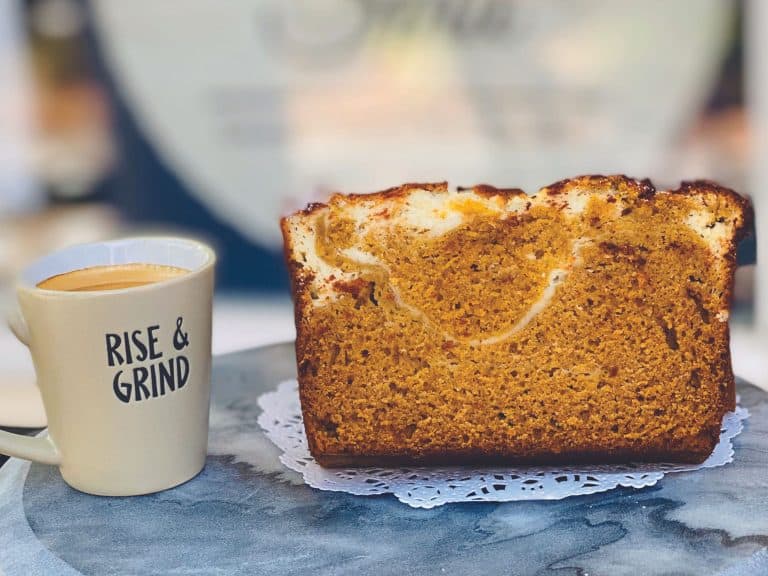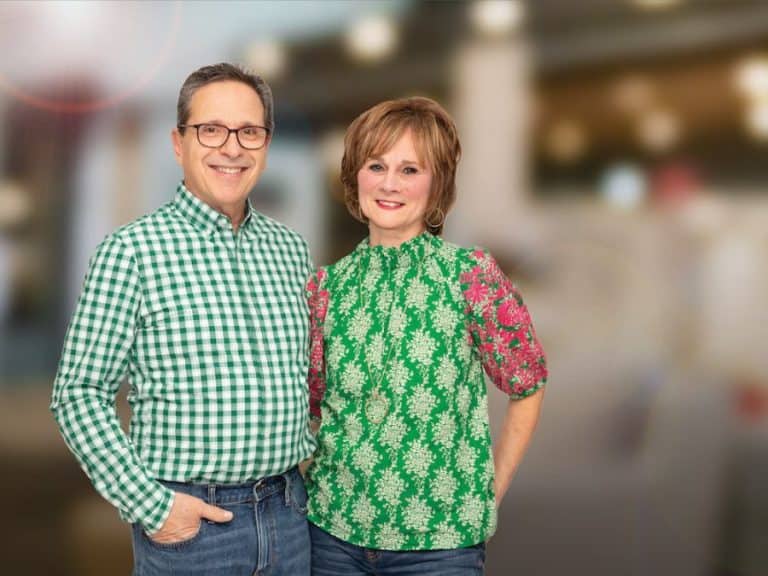SLAYing in the Lowcountry
An organization created to provide cash relief to struggling artists grows into so much more.
By Heather Bruemmer
Heather Bruemmer is an author, arts advocate and consultant based in Estill. She serves as interim arts director for Hampton County and is the executive director of SLAY.

The creative sector was one area of the economy that took an immediate hit at the outset of the covid-19 pandemic. Bars and restaurants shut down, leaving gig musicians with months of canceled bookings. Galleries closed, festivals were postponed or canceled. Museums and venues of all kinds closed their doors. As we now know, many would never reopen. Bluffton artist Amiri Farris was greatly concerned, not for his own canceled bookings, but for former students and friends who were not as well established.
“Right when Covid had started, everything was getting canceled, and there was so much uncertainty about the upcoming shows, festivals, and everything that we, as artists, do. We realized ‘we need to do something!’” Farris said. “All of those different support units just completely stopped.”
Farris did do something, partnering with this author and a group of creative powerhouses throughout the Lowcountry to found SLAY – Support Lowcountry Artists Y’all! Farris and his partners incorporated SLAY as a nonprofit in March 2020 and worked to create an emergency relief fund. Artists in any discipline could apply for $500 in immediate cash assistance to go towards basic needs. The core team of SLAY creatives shared the fundraising efforts on all of its social media platforms, and by May SLAY had funded all requests for relief.
At this point, SLAY was at a crossroads. The organization had started simply to provide cash relief to artists struggling at the beginning of the pandemic. Once stimulus payments went out and measures like pandemic unemployment and PPP loans became more widely available, the need for cash assistance died down. Farris and his friends discussed next steps for the fledgling organization.
Enter Bluffton businessman Matt Cunningham. Before Covid hit, Cunningham was already working with Farris on developing a studio and gallery concept for his proposed project, The Bridge At Calhoun. When SLAY formed, Farris brought Cunningham on board as treasurer. Cunningham also was an early donor. Ferris and Cunningham assessed whom had asked for help. Was it a coincidence that most of the artists reaching out for assistance were women or minorities? What were the barriers to success for those artists?

SLAY evolved from a relief organization into a community and economic development organization, run by artists for artists. SLAY now has two key areas of focus: developing artists as entrepreneurs and developing communities through art to encourage investment and business retention.
For artists, SLAY offers the award-winning curriculum, Work of Art: Business Skills for Artists. This curriculum, designed by Springboard for the Arts, is a professional development curriculum designed to teach business skills to artists in all disciplines – visual, performing and literary arts. Due to the pandemic, this 12-unit series will be offered online. Registration is available through the SLAY website.
For communities, SLAY is working with a variety of partners to create projects that not only beautify, but strengthen neighborhoods. SLAY has taken over Bluffton’s Lowcountry Oyster Trail with plans to expand it into neighboring counties. It also partnered with the internationally recognized consulting firm, Artspace, to complete a study of the local creative economy. The study will look at the types of creative work practiced, demographics, current spaces used for creativity, cultural assets, locations for future creative space activation, and affordable space needs. This is anticipated as the first step in a long-term plan to further support the creative economy in the Lowcountry.
For Farris, his efforts with SLAY represent a natural extension of his art. “For me, creating public art is the most exciting because it is accessible. I’d rather put a piece on a fence in the neighborhood or on a blighted building than in a museum. More people will see it, which means more people can engage with my message.” He has created public work throughout the pandemic, helping to organize a socially distanced Arts and Seafood Festival for Bluffton in the fall of 2020 and creating colorful banners to celebrate Black History Month for the Old Town area of Bluffton last February. It is important to Farris that his work is visible. It helps people to realize that artists are businesses too. As he loves to say, “art is everything.”






